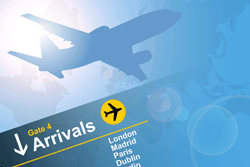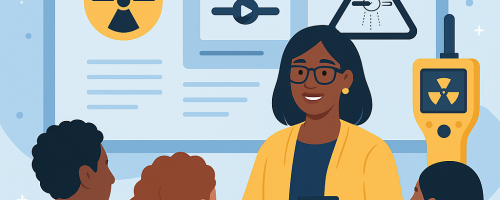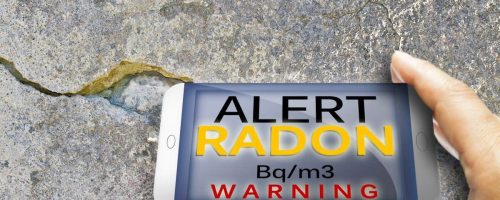There has been a lot of news in recent days about the new security measures in airports following the incident onboard Northwest Airlines flight 253 on Christmas Day 2009. As a result, some airports have started using new full body scanner technologies, such as backscatter x-ray scanners and millimeter wave scanners. This has led to concerns in the public about potential health effects, but is there any reason to be concerned about radiation exposure?
The first thing you need to know about these scanners is that the two technologies are very different. Whereas backscatter x-ray scanners use x-rays to image, and being exposed to high levels of x-rays can lead to adverse health effects, millimeter wave scanners use waves of much, much lower energy, and will not lead to adverse health effects. Learn more about the differences between the technologies and how to recognize them here (coming soon).
We will focus here on backscatter x-ray machines. To understand the potential risks, it is important to know what backscatter x-ray scanners actually are and what they do. These machines use x-rays to give security personnel an image of the exterior of a passenger’s entire body. The idea is to reveal anything someone is carrying under their clothes, particularly liquid explosives, weapons, and drugs.
These scanners are similar to medical x-ray machines only they operate at a much lower energy. This means that the radiation dose a person would receive from a backscatter x-ray scan would be much lower than the dose received from a medical x-ray. Another difference is that in medicine, the radiation that passes through your body is used to create the picture. Backscatter technology uses the x-rays that scatter (or “bounce”) off the surface of your body, as well as any objects next to it, to create the image. There is more detailed information about this technology on the website of American Science and Engineering (AS&E), the manufacturer of these scanners.
The health risks for air travellers from this technology is negligible. Whenever radiation is concerned, people are most often concerned about increasing the risk of developing cancer. AS&E states that the dose delivered to a passenger is less than 0.1 micro sievert (µSv) per scan. A µSv is a unit used for measuring radiation dose. A typical dental x-ray can deliver a dose of 0.01 milli sievert (mSv) to a patient. That’s 10 µSv. In other words, it would take 100 backscatter x-ray scans to deliver the same radiation dose as a dental x-ray. In fact, the National Council on Radiation Protection and Measurements (NCRP) of the United States says that 0.01 mSv of radiation dose per year is a negligible dose to an individual.
The sun and radioactive materials naturally occurring in the Earth as well as in the air all contribute to our overall radiation dose. In fact, each of us receives about 3 mSv per year from natural “background” sources of radiation like the sun. Indeed, when flying on an airplane, the average passenger receives a higher radiation dose than those traveling by ground. How much more? There are many factors that affect the dose, but a low estimate is that for every hour flown in a commercial airliner, passengers receive a dose of 3 µSv per hour. So, one hour of flight is roughly equivalent to 30 backscatter x-ray scans.
For more information, please see the following:







